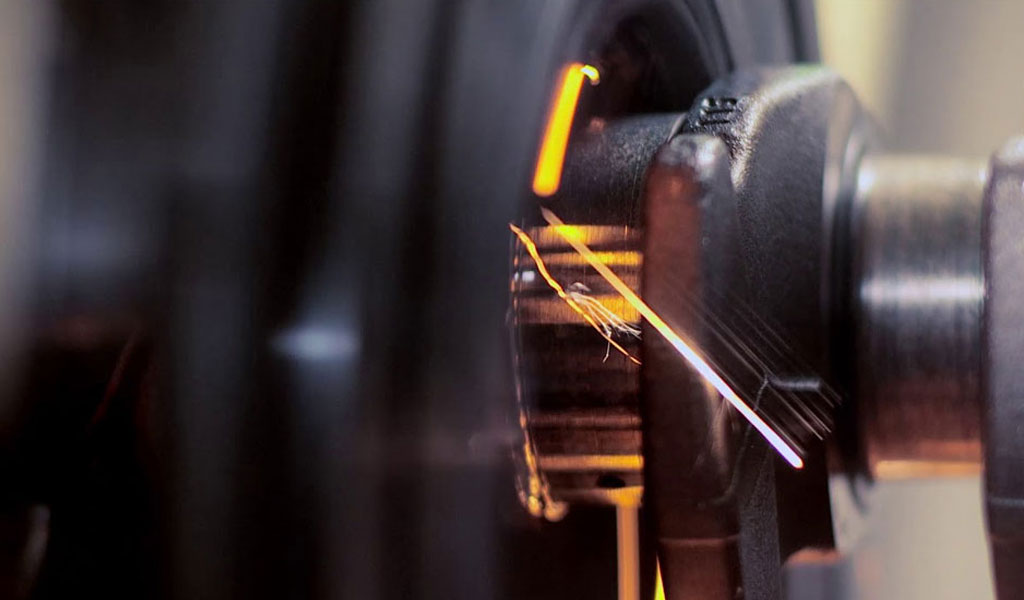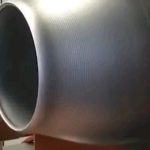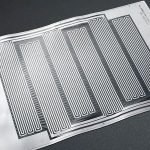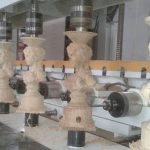
The crankshaft is an important mechanical part commonly used in equipment such as internal combustion engines and diesel engines. It carries the engine’s rotational force and converts piston motion into rotational motion. This article will introduce the crankshaft processing methods and precautions to help readers understand the crankshaft micro manufacturing process and key points.
Machining Method
- (1) Raw material preparation: Select high-strength and high-wear-resistant alloy steel materials, such as 45 steel, 40Cr and 42CrMo, etc., to ensure the strength and durability of the crankshaft.
- (2) Turning: First, turn the crankshaft, and use a lathe to perform rough turning and finishing operations in sequence. According to the design requirements and the geometry of the crankshaft, the original material is turned into the rough shape of the crankshaft through the cutting of the tool and the motion control of the lathe.
- (3) Rotational grinding: Next is the rotational grinding of the crankshaft, using a grinder for grinding processing. During the grinding process, the crankshaft is finely trimmed and ground using a grinding wheel to achieve the geometry and surface finish required by the design.
- (4) Heat treatment: After completing grinding, the crankshaft needs to undergo heat treatment, such as quenching and tempering, to improve its hardness and strength and enhance its wear resistance and durability.
- (5) Detailed grinding and balance correction: Finally, detailed grinding and balance correction are performed to ensure the accuracy and balance of the crankshaft. This can be done through the use of grinders and professional balancing equipment.
Precautions
- (1) Process planning: Before processing the crankshaft, detailed process planning and preparations are required. This includes rationally arranging the processing sequence, selecting appropriate processing equipment and tools, and ensuring the rationality and efficiency of the process.
- (2) Surface quality and dimensional control: As a key part of the crankshaft, its surface quality and dimensional control are very important. During the machining process, attention should be paid to the selection and wear of cutting tools and grinding wheels to ensure the smoothness and dimensional accuracy of the crankshaft surface.
- (3) Heat treatment control: Heat treatment is crucial to the performance and durability of the crankshaft. During the heat treatment process, the temperature and time need to be controlled to ensure that the hardness and strength of the crankshaft meet the design requirements.
- (4) Balance detection: The balance of the crankshaft has an important impact on the normal operation and life of the engine. After the processing is completed, balance testing needs to be carried out and corresponding correction measures must be taken to ensure that the balance of the crankshaft meets the requirements.
In Conclusion
Crankshaft processing is a complex and critical process that requires reasonable process planning, precise cnc machining technology and strict quality control. Through appropriate process steps such as turning, grinding and heat treatment, as well as following precautions, a crankshaft with high strength, high precision and good balance can be obtained. This will ensure the normal operation and reliability of the engine and improve the performance and service life of mechanical equipment.






